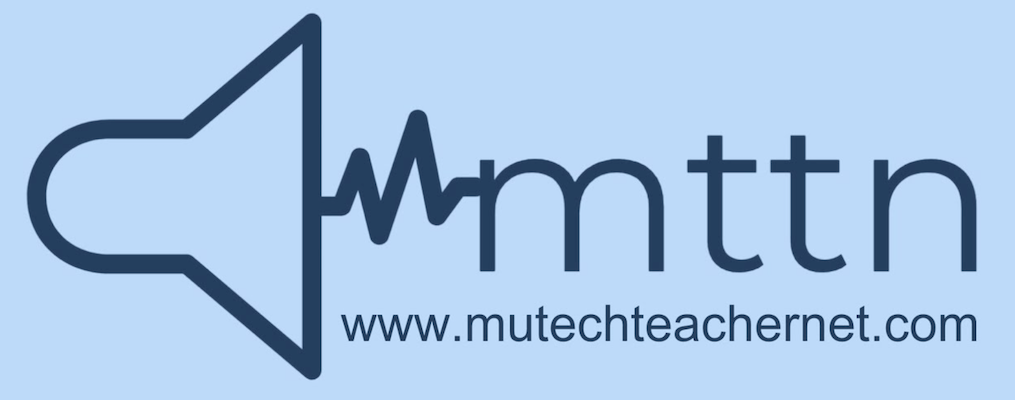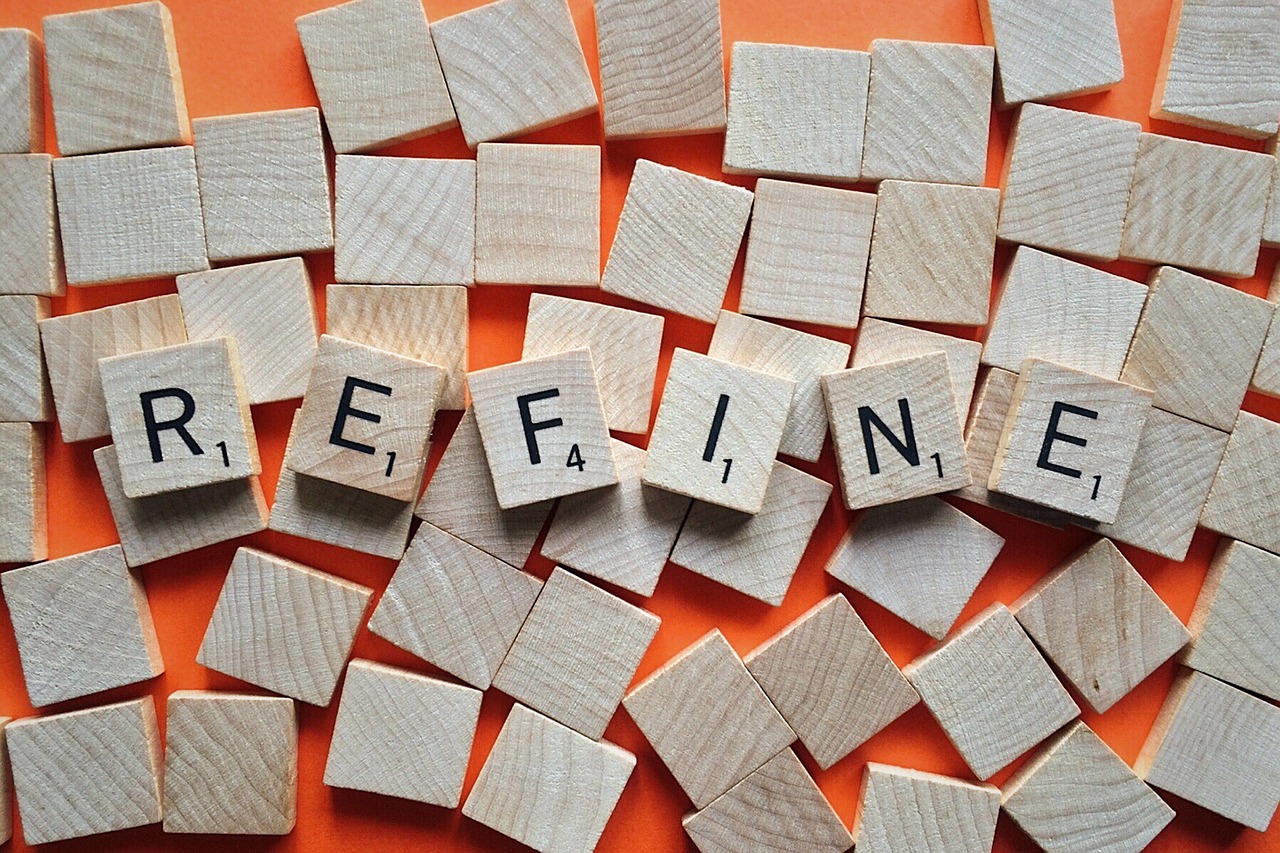MU:Cr3.1.T.la: Drawing on feedback from teachers and peers, develop and implement strategies to improve and refine the technical and expressive aspects of draft compositions and improvisations.
Melodic Improvisation 1 Revision
Students will use their projects from the Melodic Improvisation 1 project and draw on knowledge from the Digital Rhythm Tree lesson to learn how to use the quantize function to correct rhythmic inaccuracies and the pencil tool to adjust note length and create legato and staccato articulations. Provide a example file created by the teacher of an unrevised melody recorded in real time. Discuss the difficulties in playing with accurate rhythm and note length in real time. Demonstrate how to use the quantize feature of the DAW to align the beginning of each note to the digital rhythm grid and the pencil tool to adjust note lengths to create a legato or staccato style melody.
Intro to dynamics and automation
The purpose of the lesson is to introduce to the students the concepts of dynamics, volume, balance and automation to revise a four track template provided by the teacher to adjust balance between tracks and create expression by using automation to create changing dynamic/volume levels to create a desired expressive intent in the music. The students will use a teacher provided template with four tracks to learn how to adjust the mix/balance of a composition and use automation to shape phrases with dynamics to create expression in musical phrases.
Exploring Effects: Virtual and Graphic EQ
The purpose of this lesson is to introduce students to the EQ Effect tools available to them to edit tracks and change the characteristics of a sound to achieve desired contextual, expressive and musical expression. For the purpose of this lesson I will be using Garage Band illustrations. Most DAWs offer similar effects, EQs and plug-ins but with with different ways to interface with these tools. Familiarize yourself with the interface of the DAW that your students use before presenting this lesson. Begin a discussion with the students of the various ways that sound interacts with its environment. Do sounds sound different in different locations in your school? (classroom vs the gymnasium vs the auditorium vs the cafeteria vs outdoors, etc.) Consider the context and desired effects that may influence how you may want a sound to be perceived. With by beginning level classes I provide a template file with a vocal recording that I pre-recorded for the lesson. This could be a simple recitation of a script, a newspaper article or perhaps something pulled from another class such as the preamble of the constitution. The students are shown the various ways to use the Virtual EQ and Graphic EQ to create effects for various contexts and environments.
Exploring Effects 2: Plug-ins
This lesson is a continuation of the introduction of the effect tools available to them to edit tracks and change the characteristics of a sound to achieve desired contextual, expressive and musical expression. This lesson also uses Garage Band illustrations. Most DAWs offer similar plug-ins but with with different ways to interface with these tools. Familiarize yourself with the interface of the DAW that your students use before presenting this lesson. Lead a discussion about the various effects that were created using the EQ tools in the previous lesson. Consider the context and desired effects that may influence how you may want a sound to be perceived. This lesson may use the same template as the previous lesson, or the teacher could create a new one. This lesson will focus on using plug-in effects available through the DAW to create additional effects for various contexts and musical expression and intent.
What does a music producer do?
This lesson will introduce the students to the role of a music producer and the importance of collaboration and cooperation in creating a final product. Begin by watching the Turning Songs Into Records video from teachrock.org. Lead a discussion with the class about what a music producer does and how they contribute to the final product of a recording. Music Producers are much like coaches in the studio. They don’t play any instruments or sing any songs, but they are responsible for coming up with a plan for the product and making sure that all of the pieces work together to get the desired result. This lesson can be done with pairs of students or with groups of students. The student or group should select a recording from a previous lesson or project created for the class. The student will pair up with another student or if using groups, one group will pair up with another group. One student or group will take on the role of the music producer while the other will be the recording artist. The recording artist must work with the music producer who will take their project to mix, edit, re-record, or add any other effects to improve the recording and create a new finished product.

